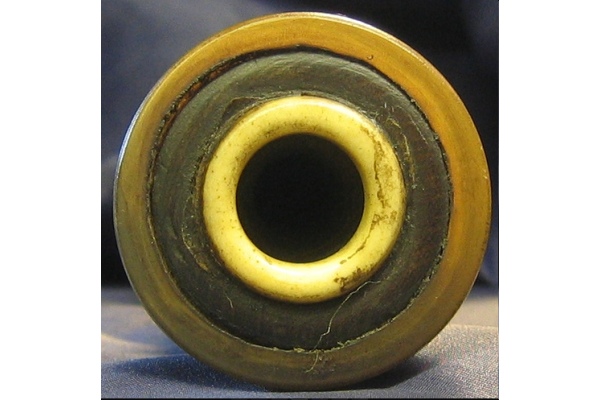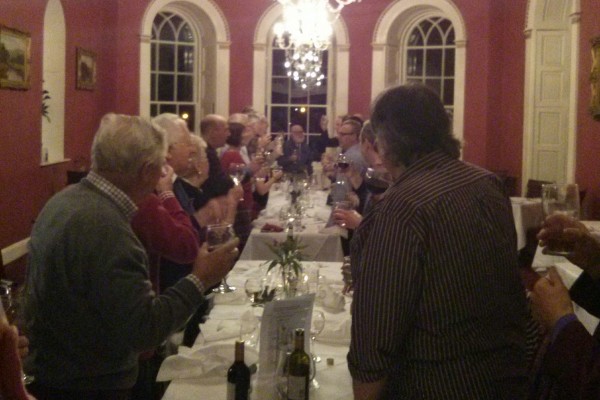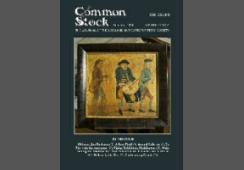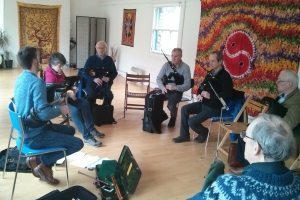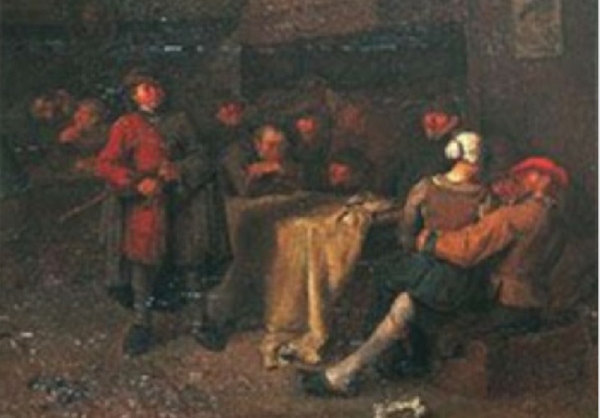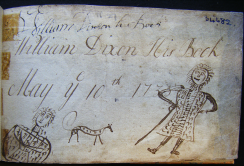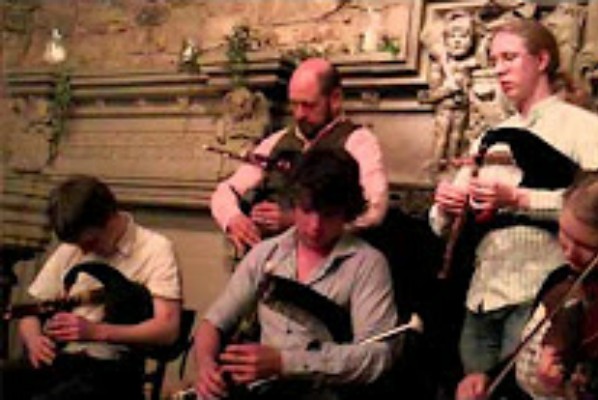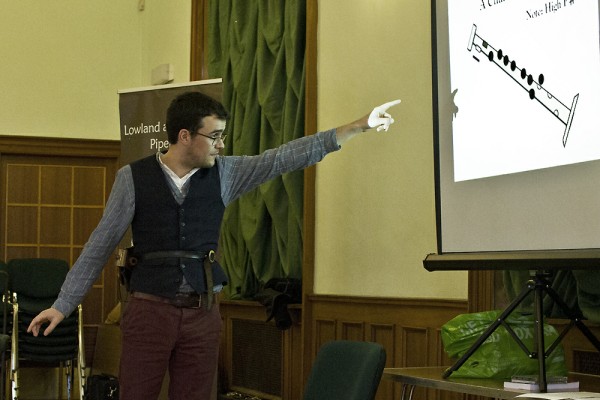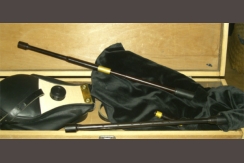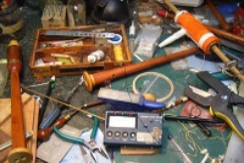Queen’s Hall, Edinburgh, 26th April
Iain MacInnes reports on a concert of piping
The old Edinburgh Folk Festival used to provide a regular diet of piping at Eastertime, from the famed open stage at Teviot Row Union, to touring acts such as Planxty and Alan Stivell. The Bagad Kemper from Brittany came, too, and the festival certainly provided a useful platform for emerging Scottish talent such as Martyn Bennett and Gordon Duncan.
Since the festival’s demise in the late ’90s pickings have been rather leaner, but the current Easter offering of Tradfest took a calculated gamble in turning its opening night at the Queen’s Hall over to the bagpipe – and what a night it proved to be.
Bagpipes Gu Leòr, curated by Hamish Moore, brought together a rich mixture of players and styles. Fin Moore and Angus MacKenzie opened with a Cape Breton-inflected set played on Highland pipes in A. The lower than normal pitch lends a pleasing mellowness to the sound, not least on the wonderfully resonant low G. Both Fin and Angus played with their usual fluency, embellishments never standing in the way of rhythmic drive. On this occasion Ewan MacPherson added guitar – a subtle foil to the percussive dynamism of two great pipers in full flight.
Brìghde Campbell has already found her way to a distinctive sound on Scottish smallpipes. She took to the stage next, solo, with great poise and a fine-sounding instrument pitched in C. She has clearly thought carefully about the sorts of gracenotes that suit her fingers, and she used these with skill. Her repertoire on this occasion was distinctly Highland, including a couple of very effective song airs played in a minor key through judicious taping of the chanter (A’ Bhriogais Uallach and Nigheann Donn a’ Gobhair).
Closing the first half were Callum Armstrong on Border pipes and George Pasca on cello – a pairing who have already made their mark in Scotland despite Southern domicile. This was undoubtedly the most creative interlude of the evening, the music all self-penned (apart from a short exposition of William Dixon’s Gingling Geordie), ranging from the quirky to the jaw-droppingly adventurous. Both are virtuoso players, and Callum approaches his piping with a refreshingly devil-may-care attitude, tempered by genuine understanding of the instrument. Great things will emerge from this pairing.
After the break Allan MacDonald and Seonaidh MacIntyre provided a duo of a different sort, playing Scottish smallpipes and sharing vocal duties on the bracingly bleak A’ Sìor Chaoineadh am Beinn Dobhrain. This was a first outing for a pairing who could and should do more work together – two fine singers and two excellent pipers. The sheer togetherness of their playing was a joy to listen to, a style perhaps borne of common roots in the Gaidhealtachd. They also did some clever interplay between chanters, harmonising stylishly on Crann nan Teud and on that paean to Scottish romantic love, With Her Tocher What a Lassie.
Roddy MacLeod was on next, unfussy in his approach and quietly authoritative in his playing of the Highland pipe. This was a good piece of programming, a reminder that much of the more experimental piping in Scotland rests on the firm bulwark of tradition, with emphasis on good technique and a well set-up instrument. Roddy has these attributes in spades, as well as an ear for a good tune (for instance, the rarely heard McKenna’s Dream), and the audience thoroughly enjoyed his performance.
Rounding off the evening, Angus MacKenzie re-emerged with bellows-blown Border pipes, and brought proceedings to a rousing conclusion in the company of his Dàimh bandmate Gabe McVarish on fiddle. Their years together on the road have honed their technique and refined their repertoire to the point that they really do play as one. It’s great to hear.
Gary West MC’d Bagpipes Gu Leòr with characteristic erudition, a firm hand on the tiller of this particular vessel, welcoming all on stage with genuine enthusiasm. This was an evening for inclusiveness, a concert in which the different elements of Scottish piping came together to be represented equally, each distinctive voice adding to a very satisfying whole.

